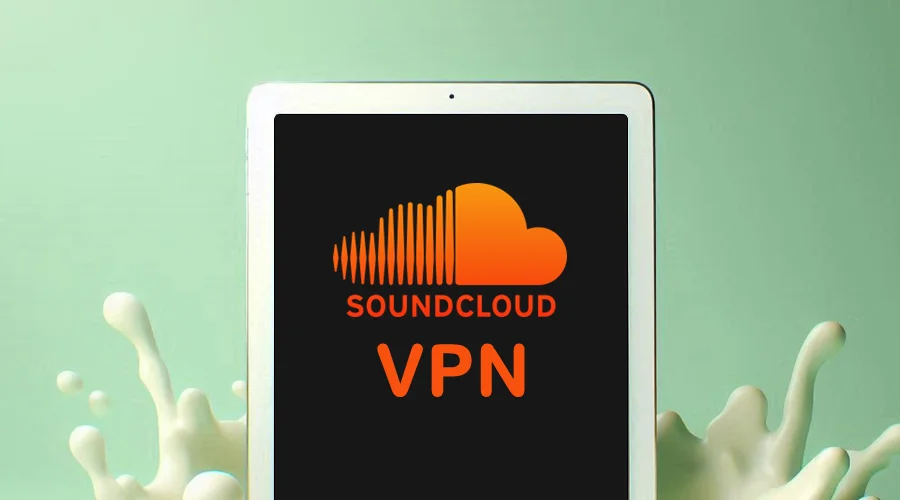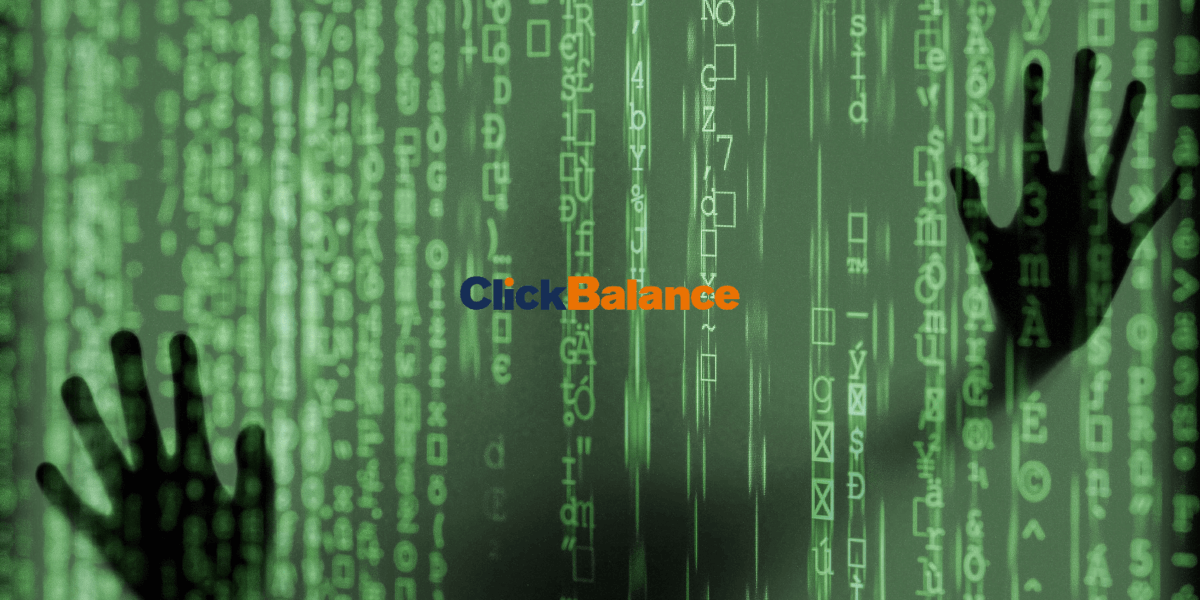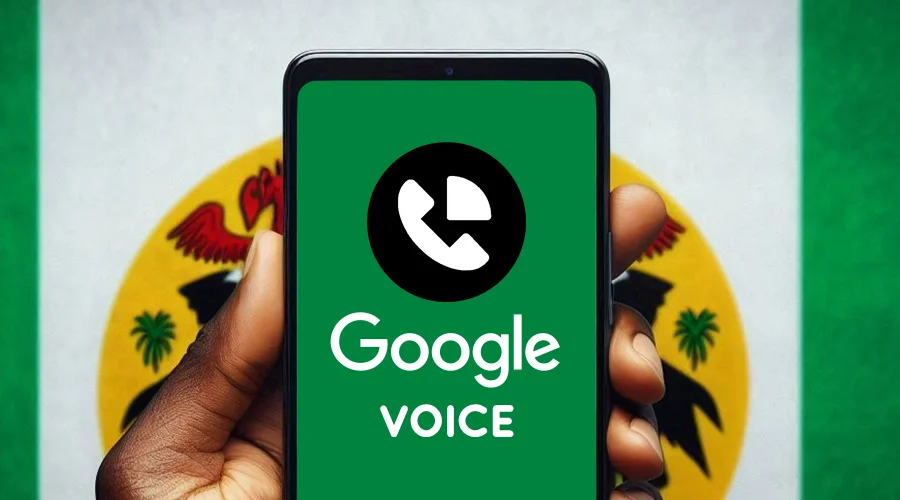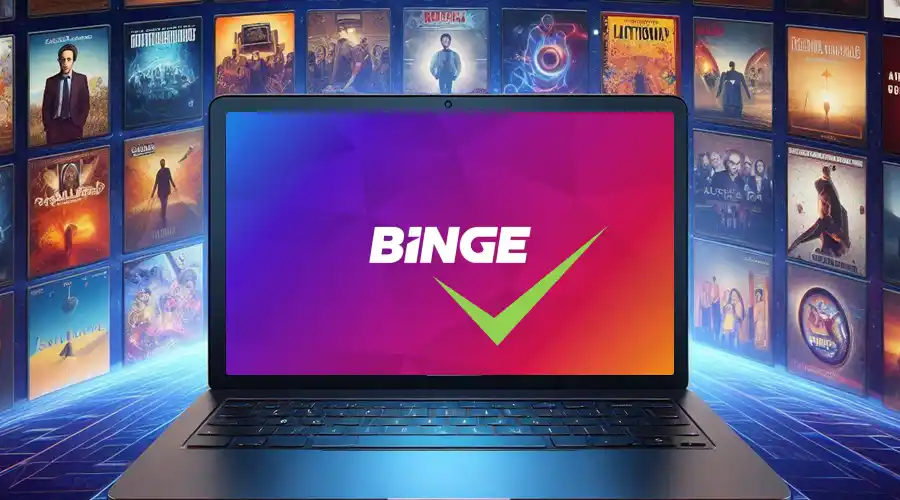23 Social Media Privacy Statistics to Rethink What You Post
12 min. read
Updated on
Read our disclosure page to find out how can you help VPNCentral sustain the editorial team Read more
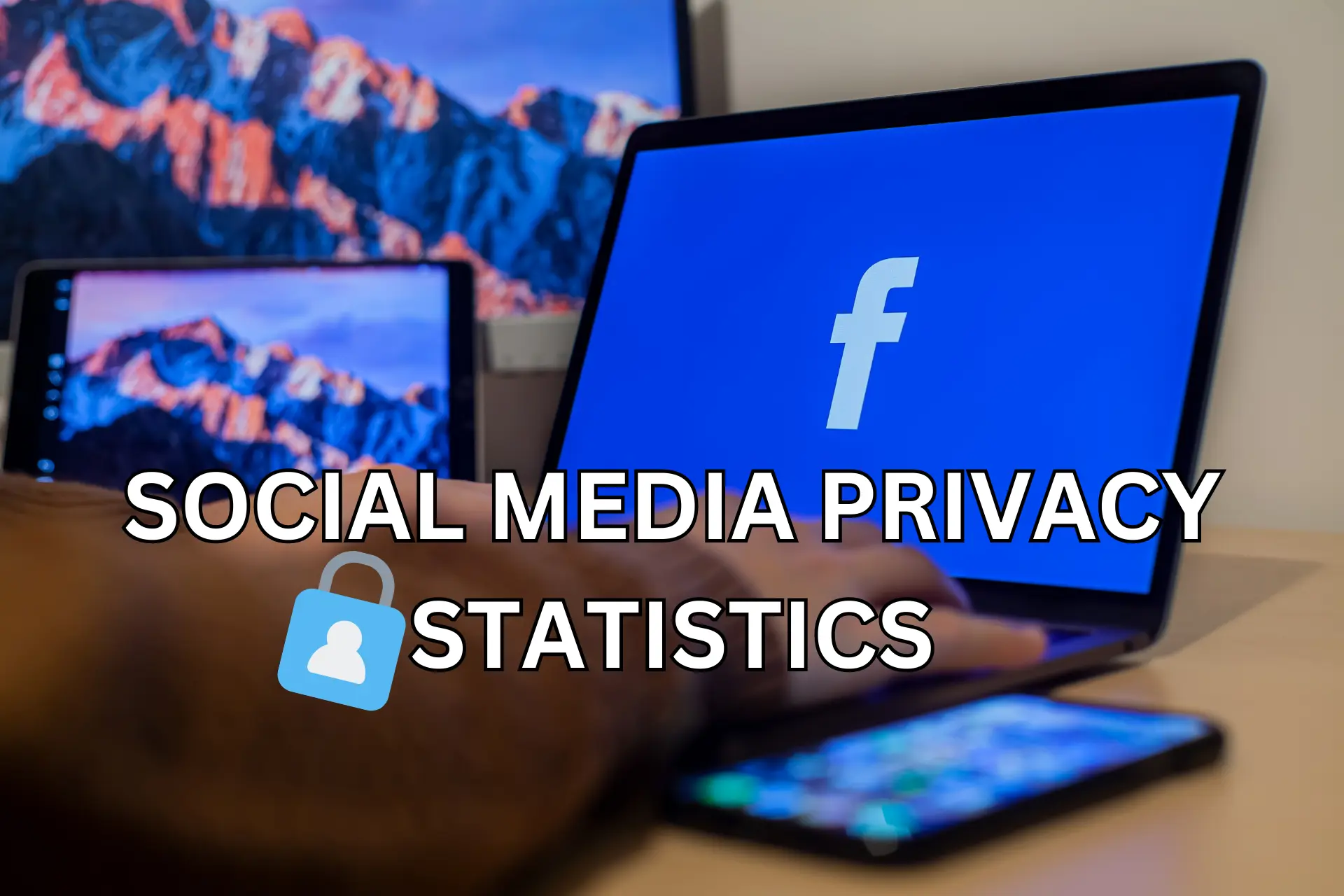
Although social media is an integral part of our lives, some users have shown concern about their privacy and how it affects them, especially as apps collect cookies. Few people even tend to trust one app over another.
Therefore, this article delves into the realm of social media privacy statistics. It will shed light on the current state of online safety and highlight key trends and challenges users worldwide face.
Let’s dive right in!
Startling social media privacy statistics
You may be more eager to protect your digital data after reading these mind-boggling social media stats:
- 21% of users of email and social media have experienced a cyberattack at least once.
- 72.6% of iOS apps monitor personal users’ information.
- 33% of internet consumers worldwide change their passwords frequently.
- 67% of US internet users don’t know about the country’s privacy and data protection laws.
- 13% of internet users around the world would willingly exchange their data for free content.
- 9% of US social media users conclude that digital privacy is a myth.
- 79% of global internet users feel they have totally lost control over their data.
- 52% of apps share your data with third parties.
Popular social media platforms and privacy statistics
Let’s explore different popular social media apps and how each responds to users’ data safety and privacy.
1. Only 18% of American Facebook users trust the platform to protect their data.
Source: [Insider Intelligence]
This makes the popular Meta the least trusted social media platform recently, crashing from 30% in 2020. In fact, 7% of Gen Z adult users (people aged 18-25) plan to quit Facebook in 2023 due to privacy reasons.
Given these numbers, it is safe to say it is a result of Facebook’s long history of privacy violations.
For example, in 2018 the company was fined $5 billion by the Federal Trade Commission for collecting data from users who had opted out of tracking.
Not only that, a recent survey shows that Facebook gives out 57% of its consumer’s data to third parties especially for the purpose of marketing.
2. 31% of social media users think that LinkedIn kept their data safe in 2022
Source: [Statista]
Statista carried out this study in the United States. Although LinkedIn got the highest trust rate out of all the apps that were selected, it still registers a huge drop from 50% in 2020.
After this platform experienced a huge data breach in 2012 after which over 6 million users lost their accounts, it had taken steps to improve customers’ security.
3. Instagram collects 79% of users’ personal data
Source [pCloud]
Instagram, a sister to Facebook, is one of the most invasive social media apps. It boasts about 2 billion active users monthly of which it stores 79% of their information.
The type of data this app stores includes search history, location, contacts, and financial information which it shares with third parties like advertisers.
In a survey carried out by pCloud in 2021, eBay, the popular came in 5th place for tracking and selling 40% of personal data. On the other hand, Reddit was placed in the 19th position as the most invasive social media app.
Although Reddit collects and shares users’ location and personal data with third parties, it does for marketing purposes. Furthermore, its users celebrate the platform for giving them a safe place for freedom of speech.
4. YouTube shares 42% of your information
source [pCloud]
The video-centric platform which is most popular among Gen Zs gives out 42% of users’ data to third parties. 77% of its users are aged 15-35 and 56% are aged 56+.
Teens and social media: a closer look at privacy concerns
Since there’s a lot of buzz around the younger generation and their use of social media, we have to take a closer look.
Let’s quickly dig into social media and privacy in teens’ statistics.
5. 92% of American teens accessed the Internet daily
Source [Pew Research]
According to research carried out by Pew Research in 2022, out of 92% of US kids, 56% accepted that they connected several times to the internet per day while 24% stayed constantly connected.
Also, Snapchat happens to be the favorite social media app for teens in this region with 35% of users. Next to it is TikTok with 30%, overtaking Youtube.
Additionally, a global survey shows that only 8% of Instagram users are between the age of 13-17, and 80% of 12-15 year-olds play video games online.
6. 60% of Facebook teen users aged 12-17 set their profile to private in 2013
Source [Pew Research Center]
This setting is to ensure that only the friends on their list can view posts they put up on Facebook. Furthermore, 27% have partially private accounts and 14% of teens have completely public accounts.
Following this, researchers have found out that girls who use Facebook are more likely to have a private profile. On the other hand, boys have the tendency to go public on this platform.
7. A 2020 survey in the United States shows that teens aged 9-12 have been cyberbullied
Source [Cyberbullying Research Center]
Google searches for the term bullying and cyberbullying reduced by 30-40% when schools relied on remote learning in the Spring of 2020.
In the same vein, 23.7 girls and 21.9 boys between the ages of 13 to 17 experience online bullying. Then, 35.4% of transgender teens report being cyberbullied.
There’s no prey without a predator. Therefore, there are teens out there that bully others. Hence, 70% of children accept to cyberbully someone online.
8. 28% of teens don’t trust any social media to protect their privacy and data
Source [ExpressVPN blog]
The teen respondents in the course of the research in 2023 used at least one privacy and security setting on their social media accounts. These include set ups like two-factor authentication and disabling contact syncing.
Aside that, 75% of teens were willing to use settings that allow control over how they view sensitive content. Similarly, 65% show concern about their information being used for targeted ads.
Lastly, 66% of Gen Zs fear sharing too much of their personal information online, and 67% are distressed that their images are used for facial recognition.
9. 74% of teen social media users have deleted people from their network
Source [Pew Research Center]
Still, in an attempt to protect their data and reputation online, 58% of teens have blocked people on social media. 59% have deleted or edited content they posted online in the past. All of these were between 2021 – 2022
Likewise, 45% have removed their name from photos they were tagged and 53% deleted other people’s comments on their profile or post. In addition to that, 31% have deleted or deactivated an account.
Also, 19% later regret sharing videos and photos or posting a comment. Out of all these, girls are more likely than boys to remove friends from their list (82% vs 62%) or block others (67% vs 48%).
10. 78% of Gen Zs would willingly exchange personal data for online fame
Source: [ExpressVPN blog]
Although the same category that worries the most about their privacy, the Gen Zs would not mind sharing intimate information to gain a high social media status.
In fact, 43% share their location with companies to amass more followers, and 27% give out personal data to third parties to get a verified account. 40% more exchange of private info to get early access to new features.
Moreover, 63% offer their date of birth to social media platforms upon request. With 44%, emails are the most data given out, followed by gender (37%), sexual orientation (36%), Ethnicity (35%), and so on.
11. 40% of teens aged 14-24 have experienced digitally abusive behavior
Source: [Day One]
22% of teens between the ages of 14-24 that are in a romantic relationship say they feel their partner checks up on them too often.
In the same survey, 7% of teens stated that their partner sent them a text, email, and so on to engage in unwanted sexual activities. Also, 7% report being pressured to send nude photos or videos of themselves.
Social media effects on teens behaviour and mental health
Privacy statistics aside, how does a prolonged stay on social media affect teenagers in general? How many teens are affected?
Let’s know the stats together!
12. 25% of teens feel social media has a negative effect
Source [Pew Research Center]
After a survey of US social media teen users, the result showed that internet usage made them feel:
- 3% more and 25% less lonely.
- 3% more and 16% less depressed.
- 8% more and 12% less anxious.
- 20% more and 3% less popular.
- 20% more and 5% less confident.
Similarly, 43% feel low emotional well-being if no one comments or like their post. About 29% have low emotional well-being for feeling left out when using social media.
13. 13% of kids aged 12-17 report depression due to social media usage
Source [National Center for Health Research]
Meanwhile about 32% record anxiety. Then, 25% of young adults between the age of 18-25 years old show symptoms of mental illness due to prolonged social media usage.
Similarly, research confirms that eighth-graders that spend more than 10 hours on social media weekly are 56% more likely to report being unhappy.
Furthermore, a 2017 research showed that between 2010 and 2015, depressive symptoms increased by 33% for 8th to 12th graders. Sadly, girls within this age bracket saw a 65% increase in the suicide rate.
14. Social media distracts 57% of teens during homework
Source: [Common Sense Media]
In fact, 54% of teens agree that social media distracts them when they should be paying attention to who is around them. 29% agree that they have been woken up by a text, call, or notification during the night.
Likewise, 42% of teens report that social media has consumed the time they should spend with their friends in person. People tend to talk about themselves 80% online and 30-40% of the time in person.
15. Between 5% and 10% of Americans meet social media addiction criteria
Source: [Addiction Center]
A study showed that 90% of respondents had a hard time when they didn’t have their phones. Also, 70% expected to feel depressed or helpless if they misplaced their phone or it went missing in 2022.
Added to that, 80% of undergraduate students experience phantom vibrations (perceived vibration from a device) in 2022.
In 2012, the prevalence of Internet Addiction Disorder rates was between 1.5% and 8.2% in the US and Europe.
Social media privacy breaches and data leaks statistics
Users have experienced account losses dues to data leaks and hacking in recent years. This section will explore such events, the damages done, and so on.
16. Social media leaks account for 41% of all records breached in 2021
Source: [Atlas VPN]
This is an obvious upward trend compared to the 25% value in 2020. Looking at it by sector, the healthcare one shows the lowest data leaks with 1%.
The retail industry experienced 24% of records leaks and the technology section saw 4% of personal information exposure.
In summary, it is easier for hackers to obtain users’ information on social media. This is partly due to how people share their information online or a poor security setup.
17. Facebook has suffered four massive privacy issues since its launch in 2004
Source: [Business Plus]
Apart from the Cambridge Analytica controversy in which Facebook sold the data of over 87 million users, there was a breach in 2013.
Then, two more in 2018 and 2019 that revealed the personal data of 2 billion users.
LinkedIn on the other hand had its first breach in 2012 that affected about 165 million accounts. Additionally, the email addresses, job titles, and profile links of 66m users got scraped in 2018.
Another popular social media app to face privacy breaches is Twitter. In 2016, Russian hackers got access to the platform and tampered with the records of 32 million users.
Below is a numerical representation of social media platforms and the number of users’ data they’ve lost:
- Facebook – 2.1 billion
- LinkedIn – 1.1 billion
- MySpace – 719 million
- Twitter – 370 million
- Quora – 100 million
- Instagram – 48 million
General social media and privacy statistics
There’s a lot more on social media and its safety you may still not know about. This part covers all that, hence keeping you up-to-date.
18. Over 4.74 billion people across the world use social media
Source: [Hootsuite]
Over 75% of the world’s population over the age of 13 years use social media and more than 93% of people on the internet are social media users.
In 2022, the number of people using different social apps increased by 4.2% with 76% being North Americans.
Also, Nigeria, Brazil, and South Africa spend the most amount of time on social media. In contrast, Japan, South Korea, and Austria spend the least time on social media.
The US falls a little below average with 2 hours and 11 minutes per day.
19. 49% of Americans give the government personal data to track terrorists
Source: [Cloudwards]
However, only 25% said it was acceptable for smart speaker producers to share audio recordings with the police in order to catch criminals in 2023.
In contrast, one in four people believed it was okay for smart speakers to share data with police to arrest offenders.
20. 85% of adults globally would do more to protect their privacy
Source: Norton]
In a 2022 survey of 10,000 adults across 10 countries, a huge percentage accepted that they would go the extra mile to protect their privacy.
80% agreed that they are concerned about their privacy while 61% said they would gladly sacrifice their personal information for convenience.
On the other hand, 55% believed it was impossible to totally protect their privacy and a whopping 51% said they didn’t know how to protect their privacy.
21. 63% of internet users claim to use antivirus software for cyber defense.
Source: [Surfshark]
Antiviruses, ad blockers, and password managers are the tools people use the most to protect their digital privacy.
39% use ad blockers while 36% use password managers. Then, less than five use other tools like encrypted email (17%), encrypted messenger apps (15%), and paid VPN services (14%).
22. 71% of adults worldwide have taken steps to boost their privacy online.
Source: [Norton]
In a survey conducted by Norton, they discovered that two-thirds of grown-ups were proactive about their data privacy.
29% adjusted the default privacy settings on their device and 26% enabled multi-factor authentication on some accounts and devices.
Additionally, 26% disabled third-party cookies in their web browsers, and 16% used VPN.
23. Most Americans believe it’s impossible to avoid companies that collect data.
Source: [Pew Research Center]
62% believe that it is not possible for them to go through their day-to-day activities without companies requesting their data. 63% said the same thing about the government.
Wrap up
This article on social media and privacy statistics may just be all you need to take your security online as important. Especially as a lot of people have fallen victim to hacking and bullying on the internet.
Recently, a huge percentage of social media users have become more aware of how social media makes them feel and how data sharing affects their digital security.
Sources
- Statista
- Pew Research Center
- The Atlantic
- National Center For Health Research
- Etactics
- ExpressVPN blog
- University of Nevada
- Smart Social
- Addiction Center
- Science Direct
- Hootsuite
- Atlas VPN
- Cyberbullying Center blog
- Business Plus
- Surfshark
- Norton
- Insider Intelligence
- Cloudwards
- pCloud
- Pew Research
- Cyberbullying Research Center

